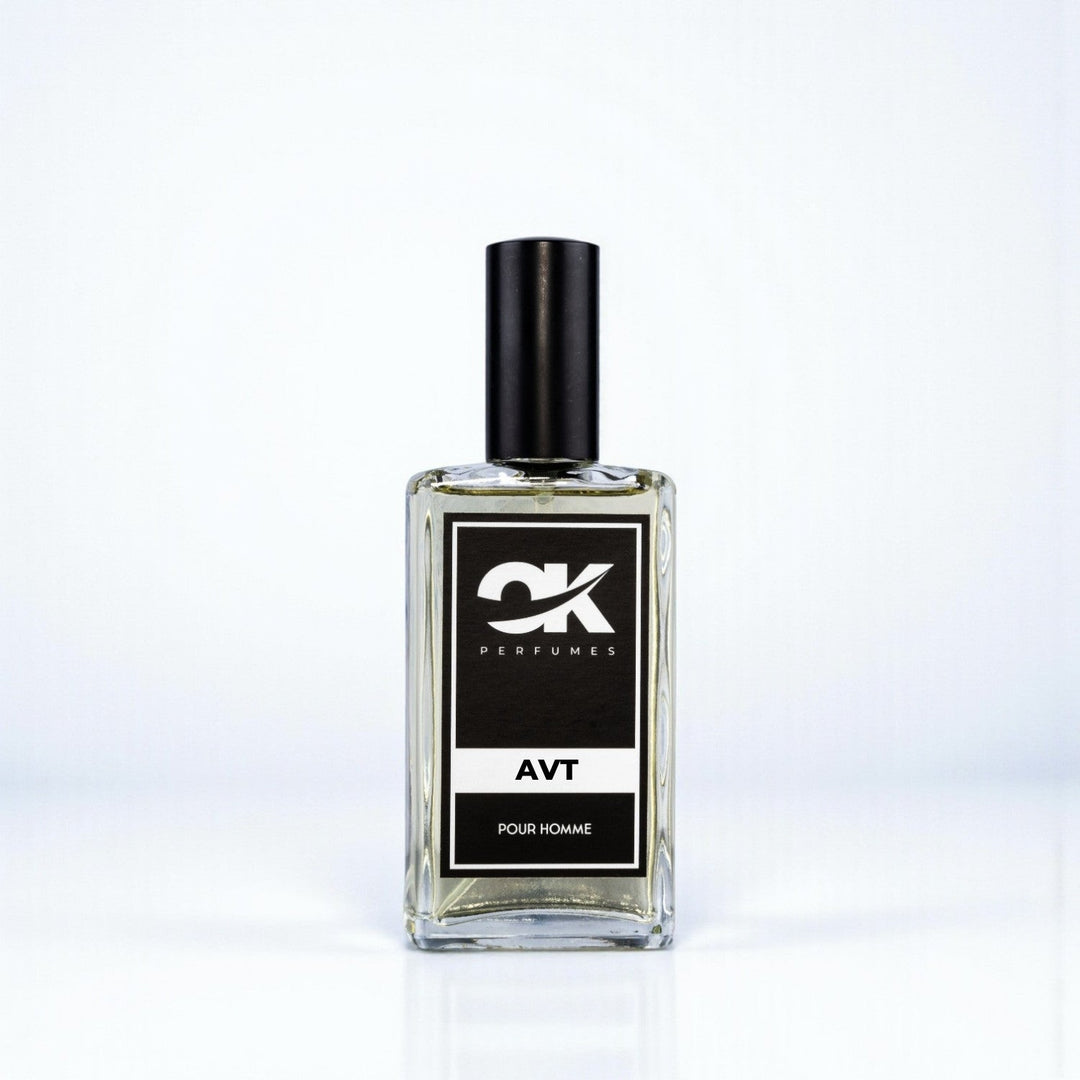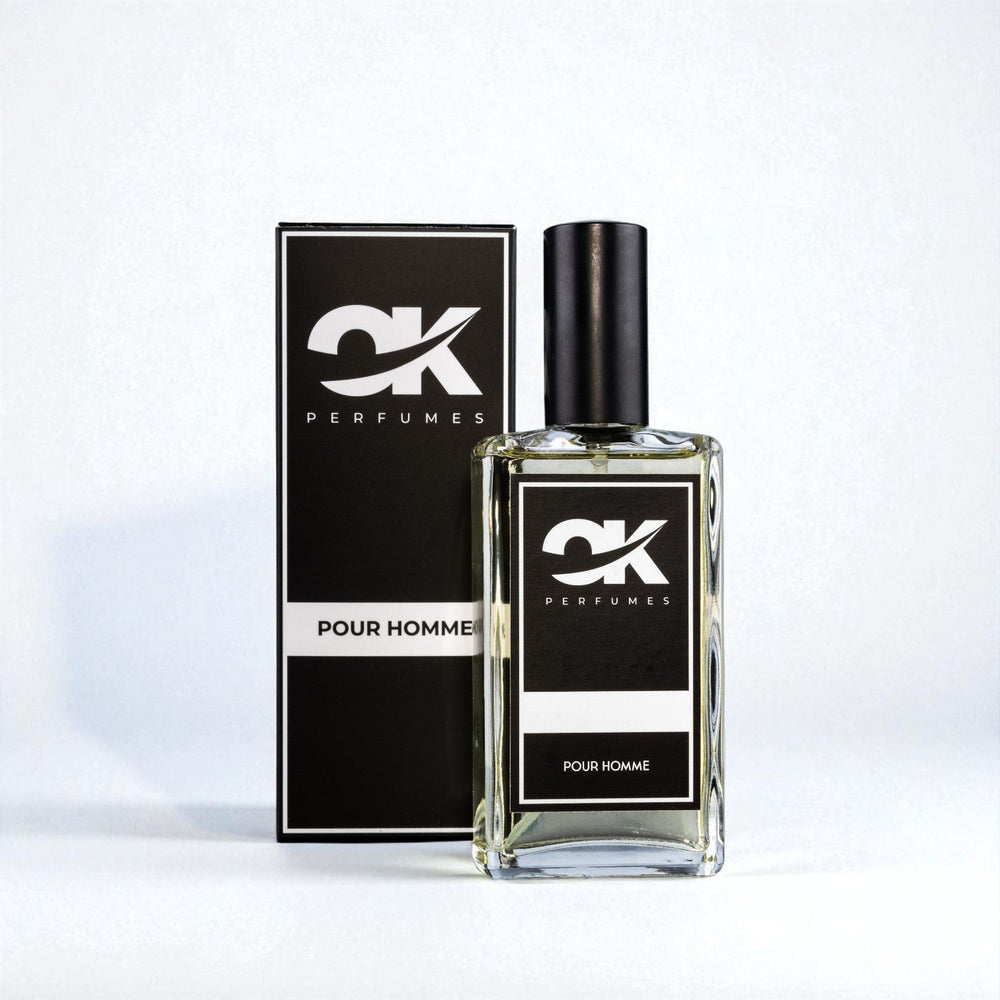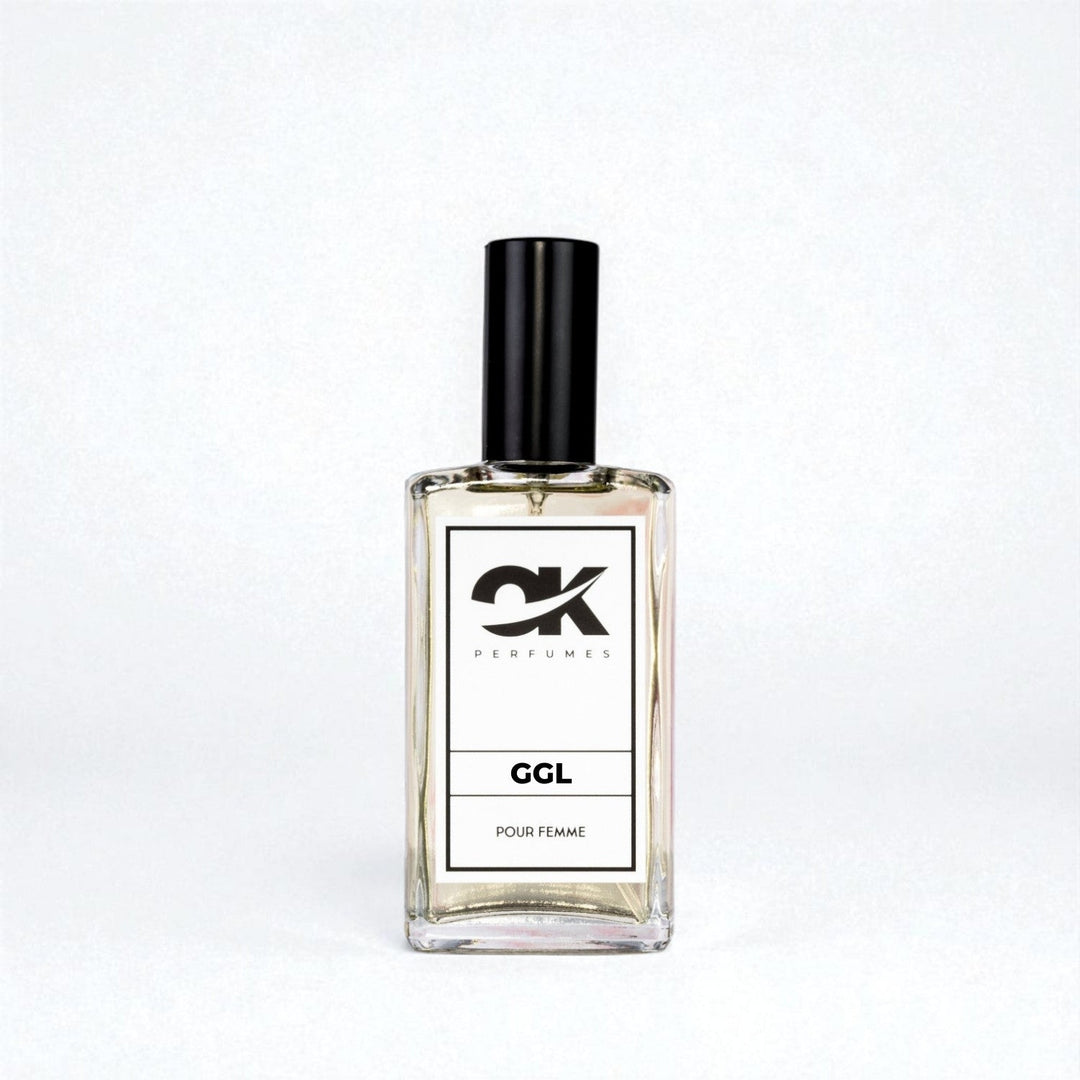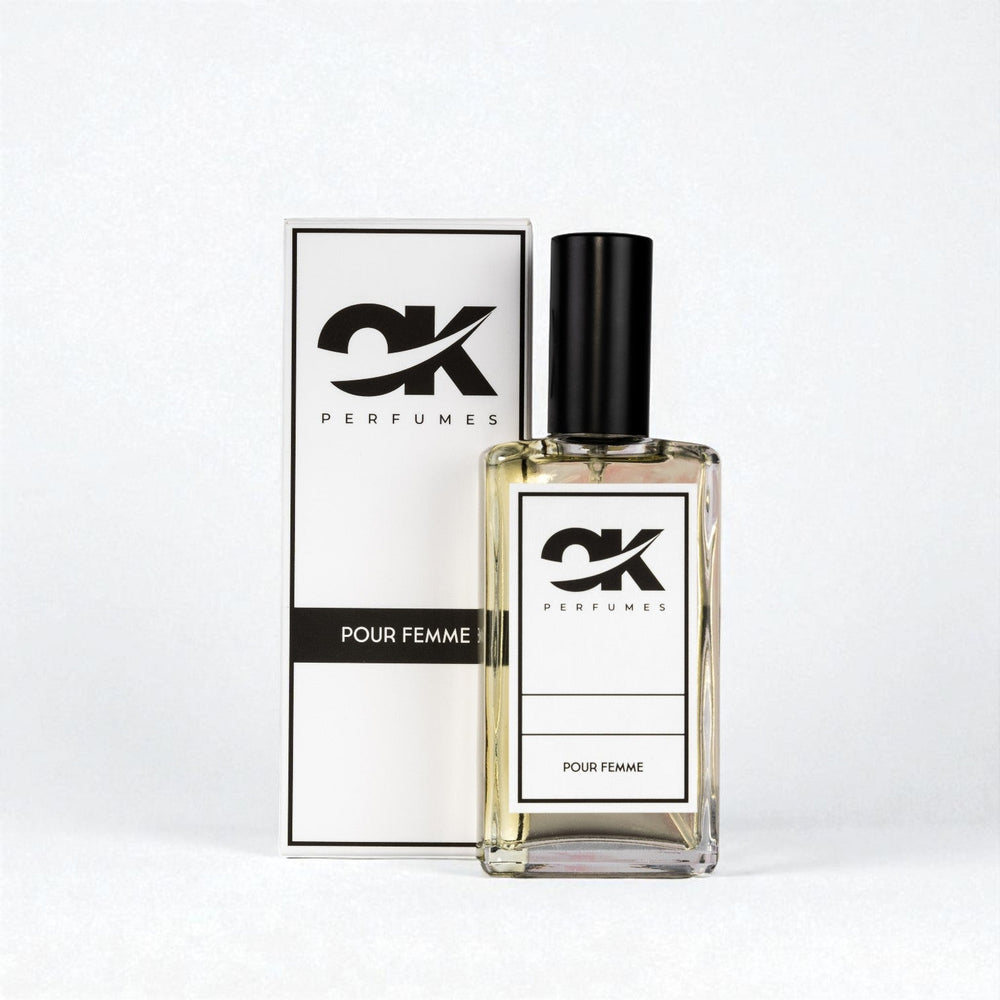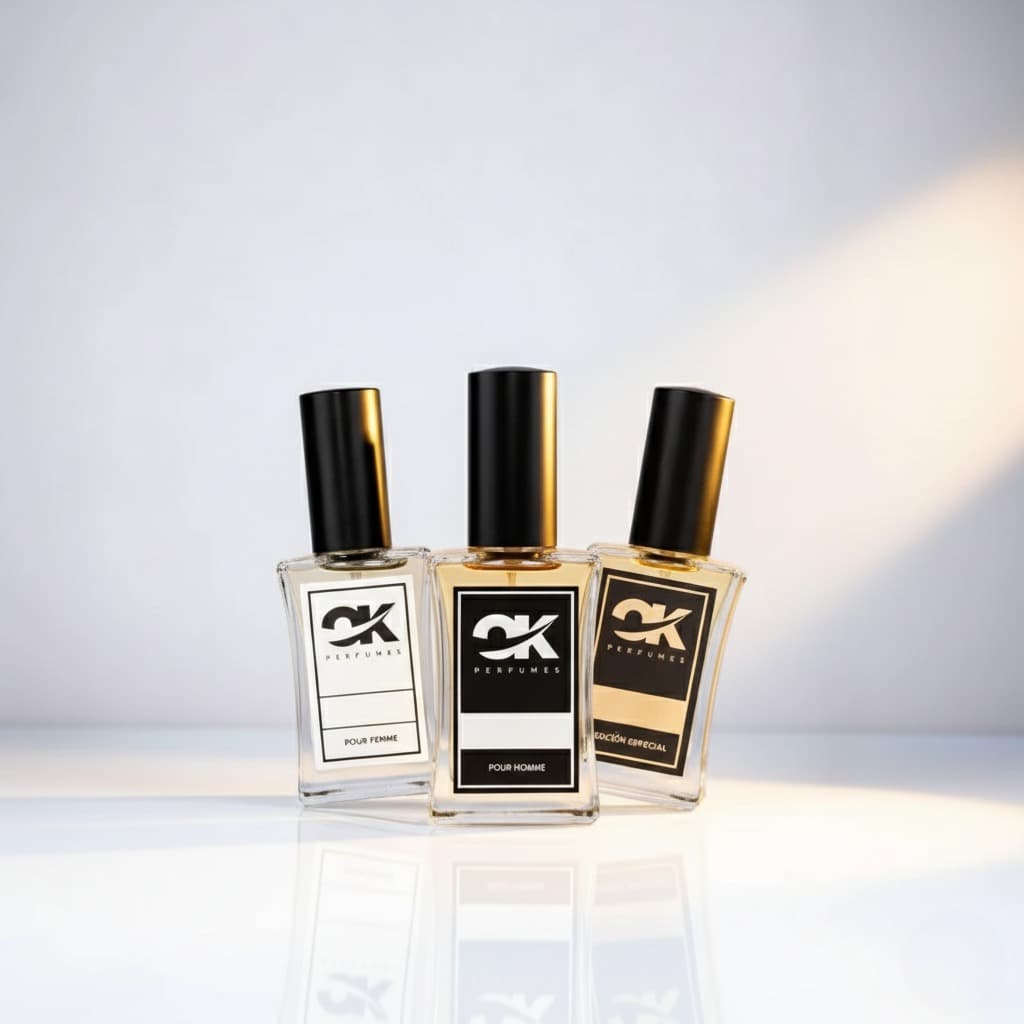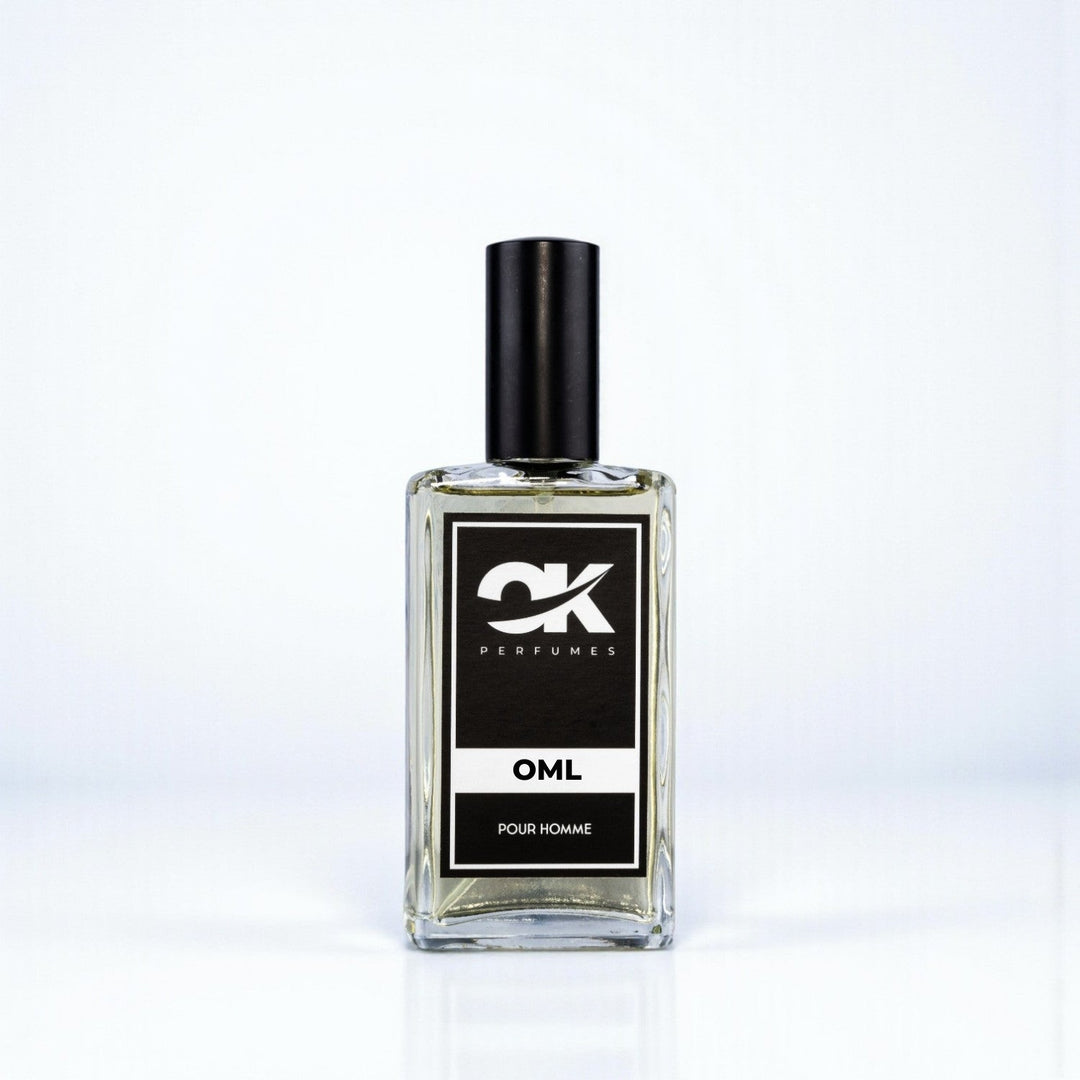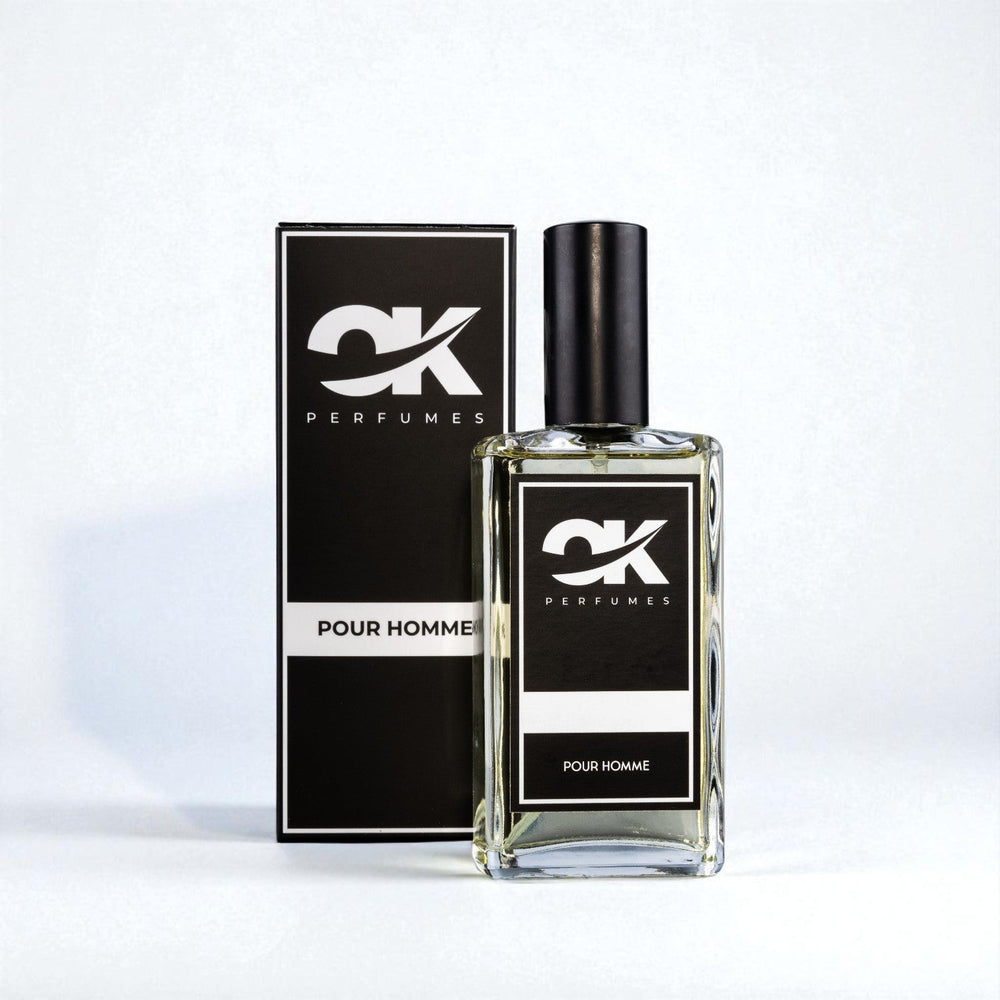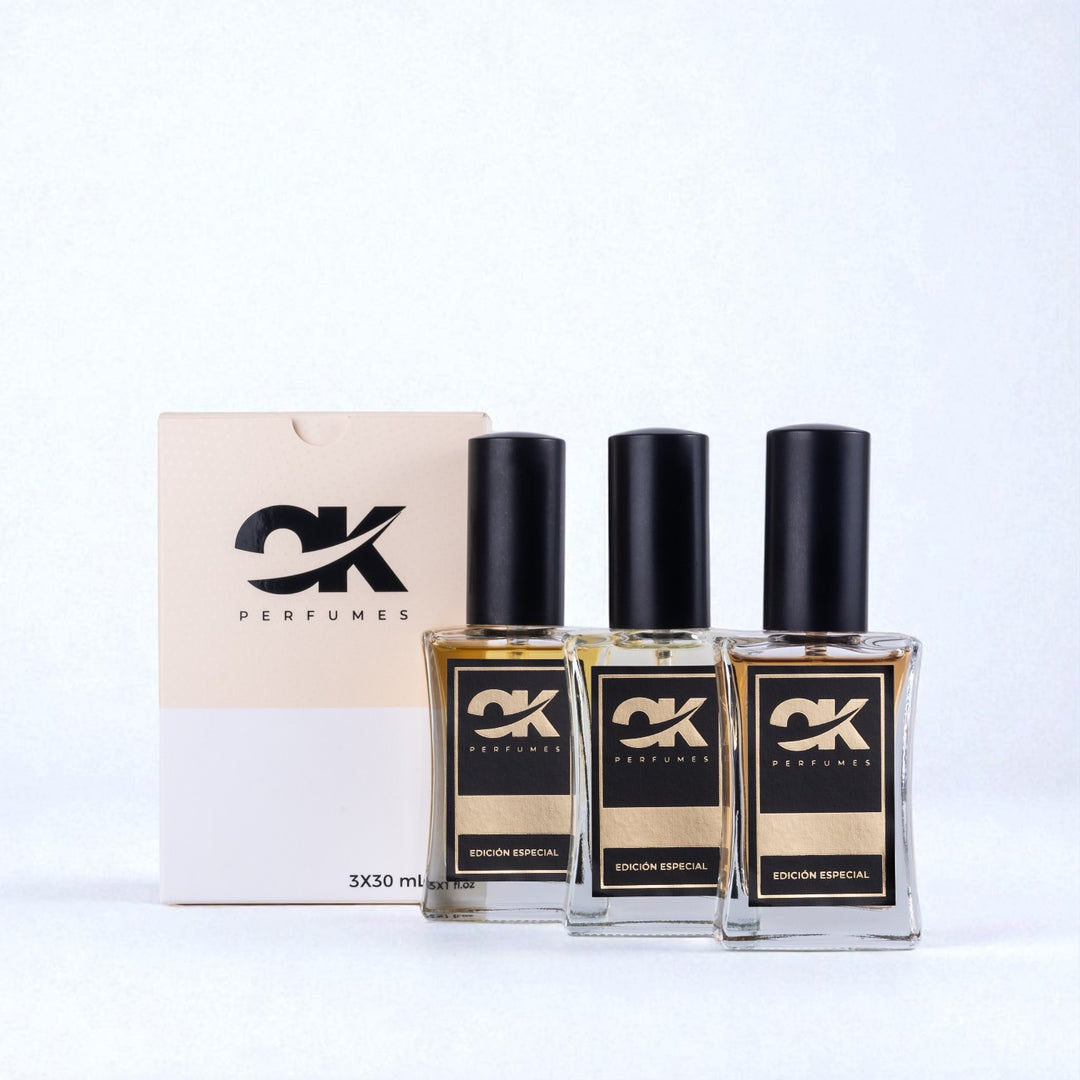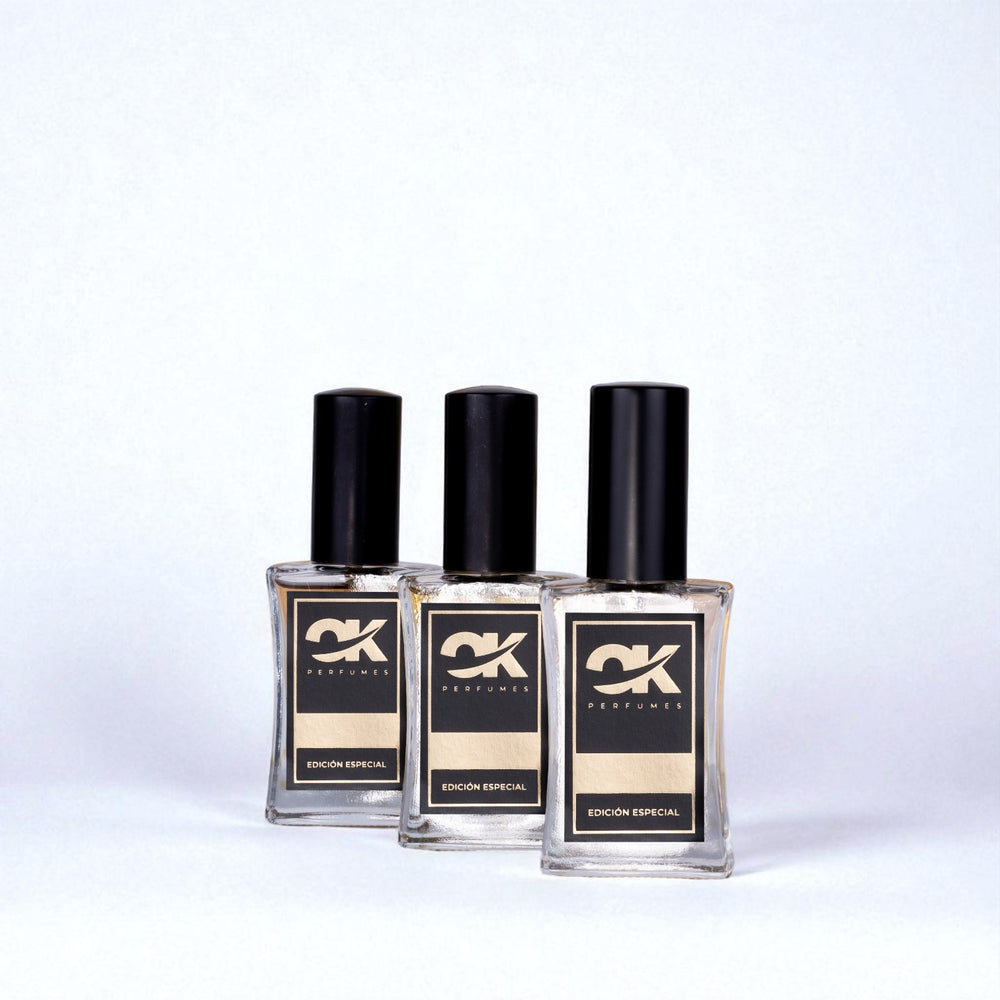Common Ingredients in Perfume Making
Frequently Asked Questions
1. What is the history of perfumery?
2. What natural ingredients are used in perfumes?
3. What are aldehydes and what is their role in perfumes?
4. How to choose the ideal perfume?
5. What is the future of perfumery?
Perfume making is an art that combines powerful fragrances from different ingredients. In the world of perfume , some design houses like Maison Francis Kurkdjian have taken this tradition to the next level. In this article, we'll explore the most common ingredients used in perfume creation, their origins, and their effects on the final scent.
History of Perfumery
The history of perfumery dates back thousands of years, with records of fragrances being used in ancient Egypt and the Arab world. As perfumery evolved, techniques were refined that allowed for the use of different ingredients in perfume blends. From natural to synthetic, each component plays a crucial role in creating unique fragrances.
Natural Ingredients
Flowers
Flowers are undoubtedly one of the most valued ingredients in perfumery. From rose to jasmine, these scents bring freshness and elegance. By using natural flowers, perfumers capture the essence of nature. For example, rose essential oil is ideal for floral perfumes, while jasmine can add a sensual touch.
Fruit
Fruits add freshness and a juicy character to fragrances. Ingredients like bergamot, grapefruit, and mandarin are popular for their citrus notes, while pear and raspberry offer a subtle sweetness. Combining fruits with other elements can result in refreshing and vibrant perfumes .
Spices
Spices can add an exotic and warm touch to fragrances. Ingredients like cinnamon, black pepper, and cardamom provide a perfect balance to perfumes . These elements not only enrich the aroma but also evoke feelings of warmth and comfort.
Synthetic Ingredients
Aldehydes
Aldehydes are synthetic compounds that revolutionized perfumery in the 20th century. These ingredients provide a unique freshness and are responsible for the "clean" scent that many perfumes have today. The famous Chanel No. 5 fragrance is a notable example of how aldehydes can transform a classic scent.
Woody Notes
Woody notes like sandalwood and cedar are highly valued in modern perfumery. These ingredients add depth and sophistication to fragrances. In perfumes like those by Maison Francis Kurkdjian , these woody notes are often combined with other elements to create complex and captivating aromas.
Aromatic Combinations
The art of perfumery lies not only in the individual ingredients, but also in how they combine to create harmonies. The blend of floral, fruity, and spicy notes can offer a unique olfactory experience. Balance is essential, with no single ingredient dominating, allowing the consumer to enjoy a well-integrated fragrance.
Citrus Perfumes
- Ideal for everyday use.
- Refreshing and energizing.
- Notes of: orange, lemon, mandarin.
Oriental Perfumes
- Perfect for evening or special events.
- Sensual and captivating.
- Notes of: vanilla, sandalwood, resins.
Fragrances and Personality
The choice of fragrance often reflects the personality of the person wearing it. Floral perfumes can convey freshness and femininity, while woody notes can suggest strength and confidence. The choice of ingredients is not only about their aroma, but also about the emotional connection they evoke.
How to Choose the Ideal Perfume
Selecting a perfume is a personal and subjective experience. To choose a fragrance that represents you, consider the following tips:
- Know your skin type: Your skin chemistry can affect a perfume 's scent.
- Test before you buy: Be sure to test the perfume on your skin and wait a few hours.
- Consider the occasion: Choose light fragrances for daytime and more intense perfumes for evening.
The Future of Perfumery
With the advancement of technology and the growing interest in sustainability, the future of perfumery promises to be innovative. Perfume houses, including prestigious brands like Maison Francis Kurkdjian , are exploring new ways to extract and use ingredients to appeal to a more conscious audience. Sustainability has become a fundamental pillar in perfume creation, where the goal is to minimize environmental impact.
A Sensory Journey
The creation of a perfume is a fascinating sensorial journey that involves creativity, technique, and a deep understanding of ingredients. Every fragrance tells a story, and each ingredient is essential to that narrative. From the selection of flowers to the addition of woody notes, perfumers work meticulously to create scents that captivate us and transport us to distant places. The richness of perfumery lies in its diversity and its ability to evoke emotions and memories.
So, the next time you enjoy your favorite perfume, remember the ingredients that make this fragrance a work of art. Because, in the world of perfumes, every drop carries the essence of human creativity.




